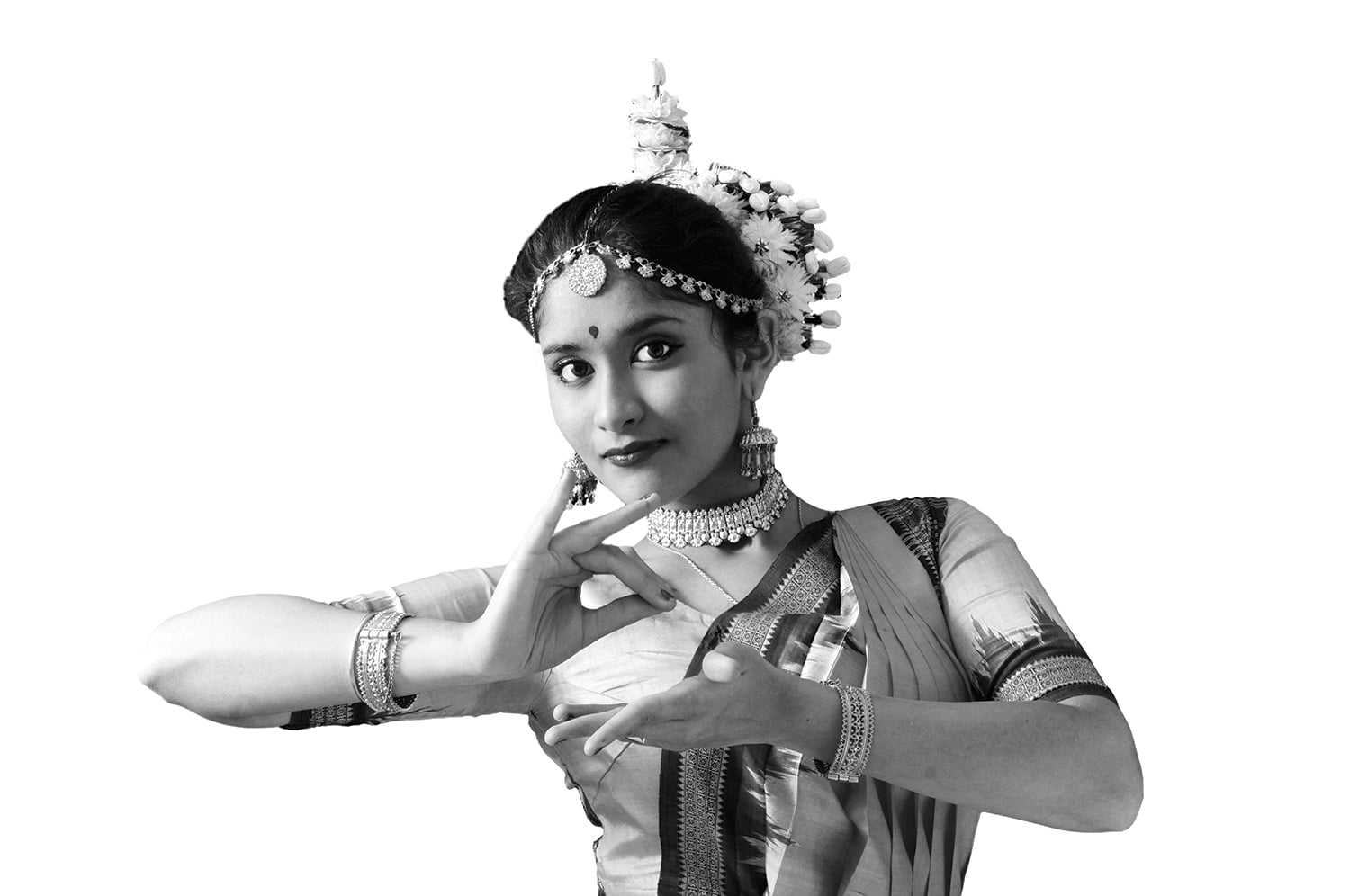Manasvi Koul entered the complicated world of cancer care in September 2005, just shy of her 13th birthday. Four cycles of intensive inpatient chemotherapy later, her stage II Hodgkin lymphoma was in remission. But not for long. Just months later, tests showed that her cancer had come surging back.
Koul’s doctors started her on more chemotherapy and began making preparations for a bone marrow transplant, also called a stem cell transplant, from a healthy donor. Although chemotherapy or radiation can help save a patient from her cancer, this type of transplant—which replaces damaged stem cells with another person’s healthy ones—can rescue her from the ravages that radiation or high-dose chemo may have inflicted on her bone marrow. Donor stem cells can replenish the patient’s blood cells and platelets, and help restore the body’s disease-fighting immune system.
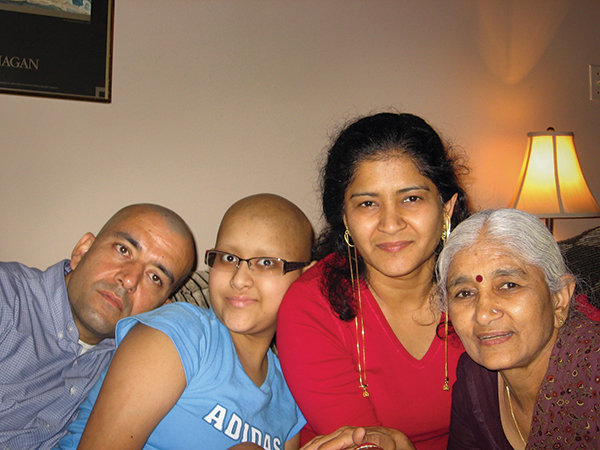
Manasvi Koul, seen here with her family, was 12 when she was diagnosed with Hodgkin lymphoma. Photo courtesy of the Koul Family
First, though, Koul’s medical team needed to find a donor. Because Koul is Asian Indian and tissue types are inherited, the donor would most likely need to be someone else of Asian Indian heritage. And the likelihood that a doctor can find a match depends significantly on the patient’s race and ethnicity. Whites have a 93 percent chance of matching with a donor in Be the Match, the U.S. registry managed by the Minneapolis-based National Marrow Donor Program. In contrast, for American Indians and Alaska natives the odds are 82 percent; for Asians and Pacific Islanders they are about 73 percent; for Hispanics 72 percent, and for blacks just 66 percent.
For Koul, the odds were especially tough because her parents come from very different regions of India, a nation with numerous localized subethnicities. “It’s hard to find Indian people, period,” says Koul. “There’s so few of them who know how easy it is to save a life with bone marrow donation.”
Match Making
Stem cell transplants are potentially life-saving treatment options for more than 70 diseases, including leukemia, lymphoma and marrow-failure diseases like myelodysplastic syndrome, according to Willis Navarro, a hematologist-oncologist and the medical director of transplant medical services for the National Marrow Donor Program. Outcomes can vary significantly by disease and be influenced by factors including how ill a patient is at the time of transplant.
Donor stem cells can be extracted from bone marrow or a donor’s circulating blood or even umbilical cord blood. “For children, marrow is often the first choice,” says Navarro, noting that research has shown that it results in fewer complications than stem cells from circulating blood (known as peripheral blood stem cells, or PBSCs). Marrow and PBSCs seem to work equally well in adults, but PBSCs implant more quickly, shortening hospital time, he says.
The U.S. registry began in 1987 with a list of 10,000 volunteers. Today, Be the Match includes 9 million potential U.S. donors, ages 18 to 60, as well as about 185,000 units of umbilical cord blood, according to the National Marrow Donor Program. The registry facilitated more than 5,200 transplants in 2010—a number that increased on average by 15 percent annually over the last five years, Navarro says.
To find donor-patient matches, tissue testing focuses on human leukocyte antigens (HLAs), proteins that sit on the surface of cells. The antigens represent a person’s “genetic identity,” explains Navarro. Currently, he says, doctors consider at least four pairs of antigens, or eight total—the antigens are called A, B, C and DR—when looking for a match. (Each pair encompasses an antigen from the person’s mother and another from the father.) The National Marrow Donor Program advises a full match between patient and donor of all eight antigens when possible, although a lesser match might be used. Recently, doctors began looking at additional antigens to provide even closer matches, Navarro says.
In the spring of 2006, as doctors launched the search for a match for Koul and administered chemotherapy in preparation for a transplant, her cancer continued to progress. Because a match could not be found, her own stem cells were extracted and she underwent even more arduous chemotherapy. That July, doctors proceeded with an autologous transplant, which reimplants a patient’s own stem cells.
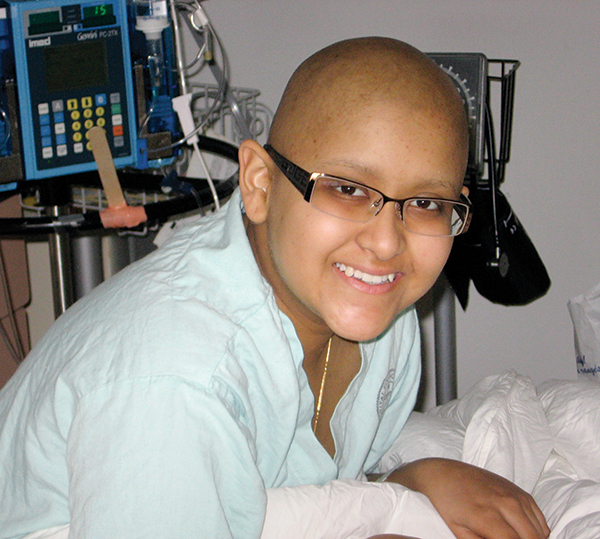
Koul used her wish from the Make-a-Wish Foundation to create a documentary about the need for minority stem cell donors. Photo courtesy of the Koul Family
An autologous transplant eliminates the chance of transplant rejection—an immune response to a donor’s cells that’s known as graft-versus-host disease. But autologous transplants also don’t attack the cancer immunologically, like transplants from donors can, explains Navarro. “Some diseases are intrinsically resistant to chemotherapy and require the powerful immune effects against the disease called graft-versus-disease effect, in which the diseased cells are destroyed by the transplanted donor immune system.”
An autologous transplant also poses a risk that gnawed at Koul throughout her weeks in isolation awaiting her transplanted cells: that some cancer cells might have been harvested along with the stem cells and would be reintroduced.
That fear stuck with Koul for years, and eventually she decided to take action against the problem that caused her and other patients so much uncertainty and distress. On her 16th birthday in October 2008—just months after she had a PET scan showing no evidence of cancer—Koul launched the LIVEbeyond Foundation, an effort to create awareness, especially among minority groups, of the need for bone marrow and stem cell donors.
Patient Needs and Marrow Myths
In terms of race and ethnicity, the proportions of patients requiring stem cell transplants mirror their proportions in the general population, says national account executive Nadya Dutchin of Be the Match. For instance, African-Americans account for about 13 percent of U.S. residents and about 13 percent of people seeking a transplant. The problem is, minorities are drastically underrepresented on the registry, she says. Hispanics, who represent 16 percent of the U.S. population, make up just 10 percent of potential adult donors on the list, and blacks, just 7 percent.
African-Americans’ complicated genetic history makes finding matches even harder, says Dutchin, who is black. “I don’t think a lot of us understand we have a very keen genetic diversity. We intermarried and interbred with very different people”—circumstances that make it imperative that more U.S. blacks sign up to donate. “This is something only African-Americans can do for one another.”
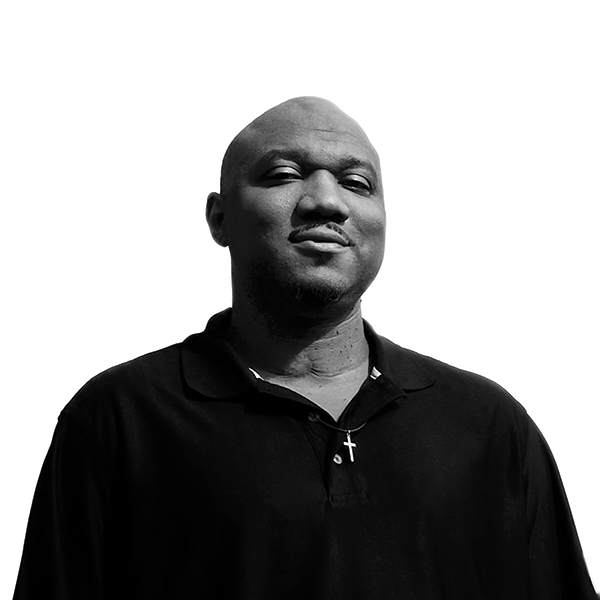
The difficulty African-Americans face in finding a bone marrow or stem cell donor is what drives Akiim DeShay, 40, of Irving, Texas, to try to improve those odds. DeShay required a stem cell transplant in 2004 after chemotherapy failed to send his acute myeloid leukemia into remission. Although 70 percent of people needing a transplant do not have a family match, DeShay found a suitable donor in his sister, Rashaan. His treatment was far from easy—he soon developed graft-versus-host disease as a result of the transplant—but he ultimately realized he was lucky to be alive.
When he speaks at recruiting events, DeShay notices that many people know little about bone marrow donation. “They are hearing this for the first time, about the entire issue of the need for bone marrow donors, what a bone marrow donation even is, the diseases it can cure,” says DeShay, who has created several African-American community-based information websites, including BlackBoneMarrow.com.
Another problem is that many people on the registry can no longer donate because of changes in their health, or they simply decline to participate when called. “A lot of times it’s because they weren’t really educated on the issue in the first place, or they can’t take off work and don’t have the time,” DeShay says. Relocations are also an issue when it’s time to track down a donor: African-Americans, for instance, change addresses more frequently than people of other races, census figures show.
Various myths and misconceptions also prevent people from donating, says Dutchin. Some people at drives think they would have to donate on the spot. Many believe they can match only family members. Others fear their own health will be harmed. Still others think they can donate only once or a finite number of times, and want to reserve the possibility for a family member.
Among the misconceptions, No. 1 on the list is pain.
“People cringe,” says DeShay. “If you don’t know anything about it, you do know your bone marrow is inside of your bones and they’re going to have to get it out somehow.” Adds Dutchin, “They think their bone or spine will be cracked open.” Yet, while donation of both marrow and peripheral blood stem cells can have their discomforts, they are generally minor and pass in a few days.
DeShay strives to overcome myths and fears by telling his own story or that of someone in need—or about someone, like a friend of his, who donated PBSCs easily for a stranger. “He sat there and watched The Matrix while he saved someone’s life,” DeShay says.
Recruiting Donors
One story DeShay tells on the website BlackBoneMarrow.com is that of Jaden Hilton, a 3-year-old boy who died of leukemia in 2007 before a donor could be found. DeShay serves on the board of Preserve Our Legacy, a nonprofit inspired by Jaden, which calls for state health departments to provide authoritative information about stem cell donation. In August 2010, Jaden’s Law was enacted in New Jersey, mandating the creation of an online brochure on stem cell donation.
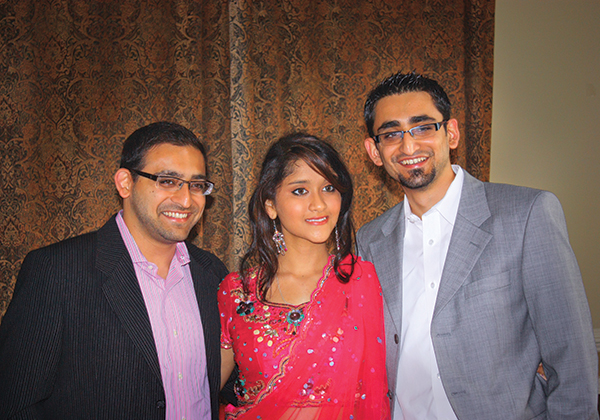
In July 2011, Koul celebrated her five-year transplant anniversary with family and friends. Photo courtesy of the Koul Family
Separately, with the California-based organization MoreMarrowDonors.org and other individuals, DeShay has been a plaintiff in a lawsuit challenging provisions in the National Organ Transplant Act of 1984 that forbid compensation for bone marrow or stem cell donors. The plaintiffs, whose case is before the 9th U.S. Circuit Court of Appeals, argue that these donations, of tissue that the body replenishes, should be treated like blood or sperm donations, for which compensation is allowed. MoreMarrowDonors.org advocates that people who become donors should be eligible for modest scholarship or housing funds, or donations to charity.
Meanwhile, Koul, now 19 and a freshman at the University of Pennsylvania in Philadelphia, has been busy expanding the foundation she launched. She has developed a multistate social network for the organization and initiated drives that she says have signed up more than 500 donors so far. Also, supported by the Make-a-Wish Foundation, she has developed a documentary film to address questions and misconceptions of potential stem cell donors.
This year, Koul is focused on fundraising, to complete the documentary and to begin paying for HLA testing of donors, an expense so far covered by Be the Match. She also plans to open a local chapter of LIVEbeyond on campus, and she continues to press people to join the national registry. “A lot of people think if someone needs a bone marrow match, they magically get one,” she says. “It’s just not like that.”
Cancer Today magazine is free to cancer patients, survivors and caregivers who live in the U.S. Subscribe here to receive four issues per year.

